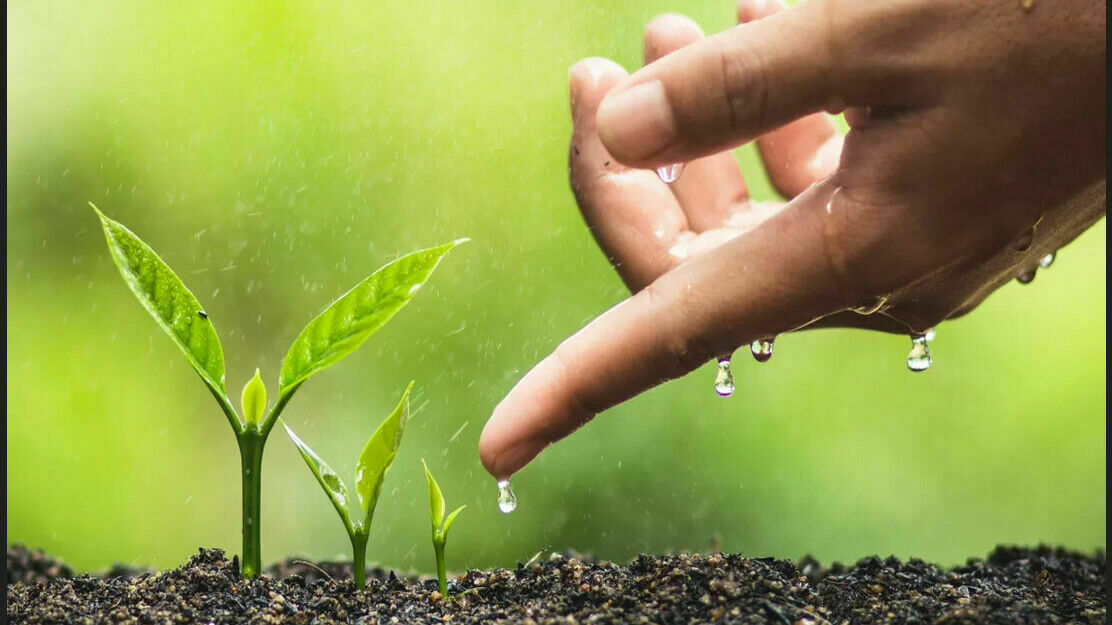Posted 31 марта 2023, 10:09
Published 31 марта 2023, 10:09
Modified 31 марта 2023, 10:37
Updated 31 марта 2023, 10:37

Plants "scream" due to stress, we just don't hear them, biologists have found
Evolutionary biologists from Tel Aviv University have discovered that plants are not as silent as we think. When dehydrated, clipped with scissors and other stressful moments, they emit a flurry of jerky "screams" that are too high-frequency to be perceived by the human ear. If we bring these sounds to the range available to us, they resemble the pops that bubble wrap emits when it bursts, writes Science Alert with reference to an article in the scientific publication Cell.
According to the article, past studies have shown that in plants experiencing drought stress, a process of so-called cavitation occurs, when air bubbles form and collapse in the tissue. At the same time, the bubbles emit pops that can be recorded by sound recorders. Israeli scientists have installed microphones next to healthy and stressed plants of tomatoes (Solanum lycopersicum) and tobacco (Nicotiana tabacum). The stress was underplaying or cutting the stems. Also, pots were recorded on a tape recorder, in which there was only soil, to make sure that the soil does not make sounds.
It turned out that healthy plants usually produce less than one cotton per hour, and plants under stress – 11-35, depending on the type of plant and the stress factor. Tomatoes requiring water were the noisiest: some made more than 40 pops per hour. During additional experiments, scientists also recorded the "cries" of many other plants, including wheat (Triticum aestivum), corn (Zea mays) and cacti (Mammillaria spinosissima).
The microphones were located at a distance of about 10 centimeters from the plants, but biologists suggest that mammals and insects with sensitive hearing can hear this ultrasound at a distance of 3-5 meters and respond to it. In the future, with the help of sound recording devices and artificial intelligence, it would be possible to monitor crops in order to detect signs of dehydration or disease in time.